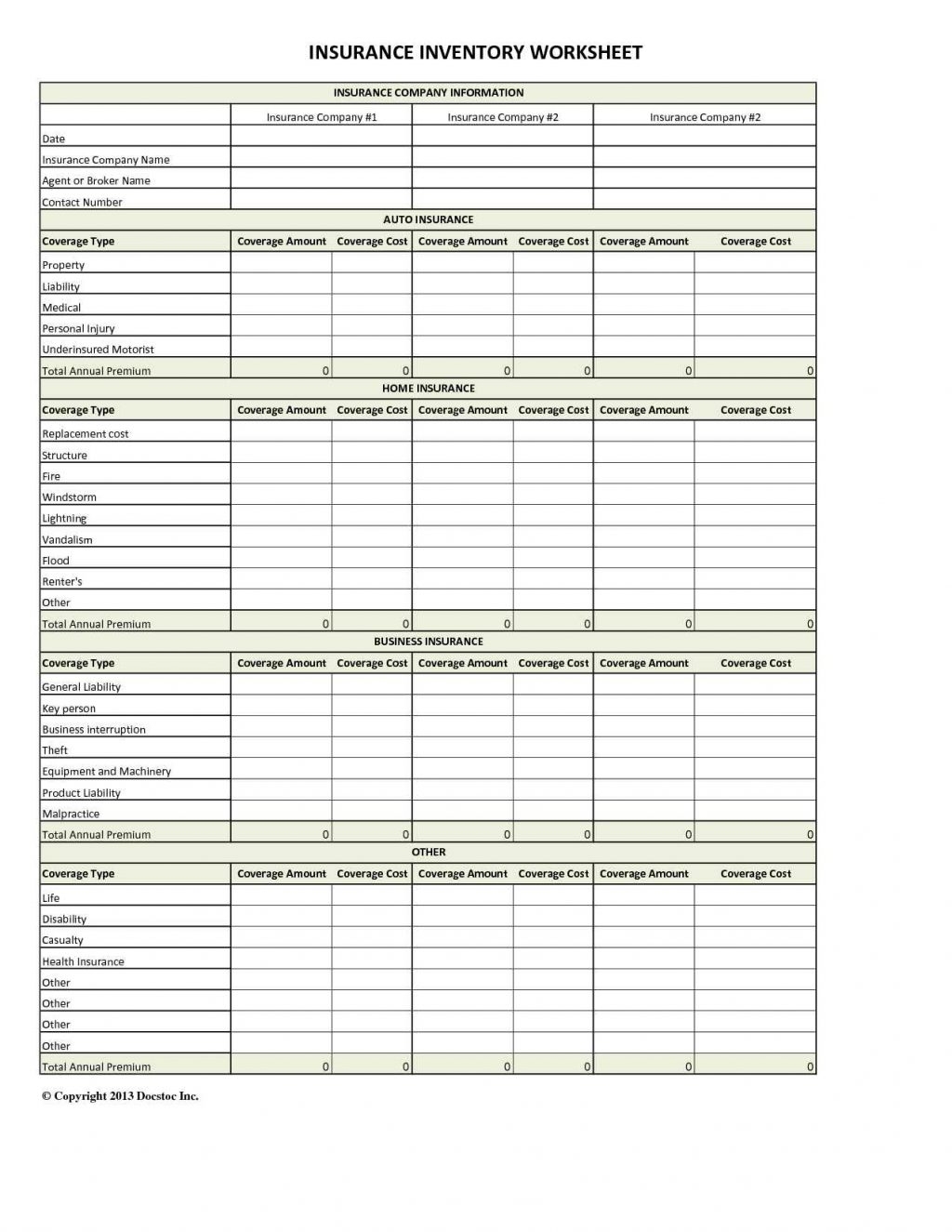Excel is a powerful tool that is widely used for data analysis and management. One common task that users often need to perform is comparing two worksheets to identify any differences between them. This can be crucial for ensuring data accuracy and consistency, especially when working with large datasets.
There are several ways to compare two worksheets in Excel, including manually scanning through the data or using built-in functions and tools. By utilizing Excel’s features effectively, users can easily spot discrepancies and inconsistencies between the two worksheets.
One method to compare two worksheets in Excel is by using the “Compare Files” feature, which allows users to view the differences side by side. This feature highlights any discrepancies, such as missing or mismatched data, making it easier to identify and resolve issues.
Another useful tool for comparing worksheets is the “VLOOKUP” function, which can be used to search for specific values in one worksheet and compare them with corresponding values in another worksheet. This function can help users quickly identify any discrepancies and inconsistencies in the data.
Additionally, users can use conditional formatting in Excel to highlight differences between two worksheets. By setting up conditional formatting rules, users can automatically color-code cells that contain differing values, making it easier to spot discrepancies at a glance.
In conclusion, Excel provides users with various tools and functions to compare two worksheets for differences. By utilizing these features effectively, users can easily identify and resolve discrepancies in their data, ensuring accuracy and consistency. Whether it’s using the “Compare Files” feature, VLOOKUP function, or conditional formatting, Excel offers a range of options for comparing worksheets and maintaining data integrity.
